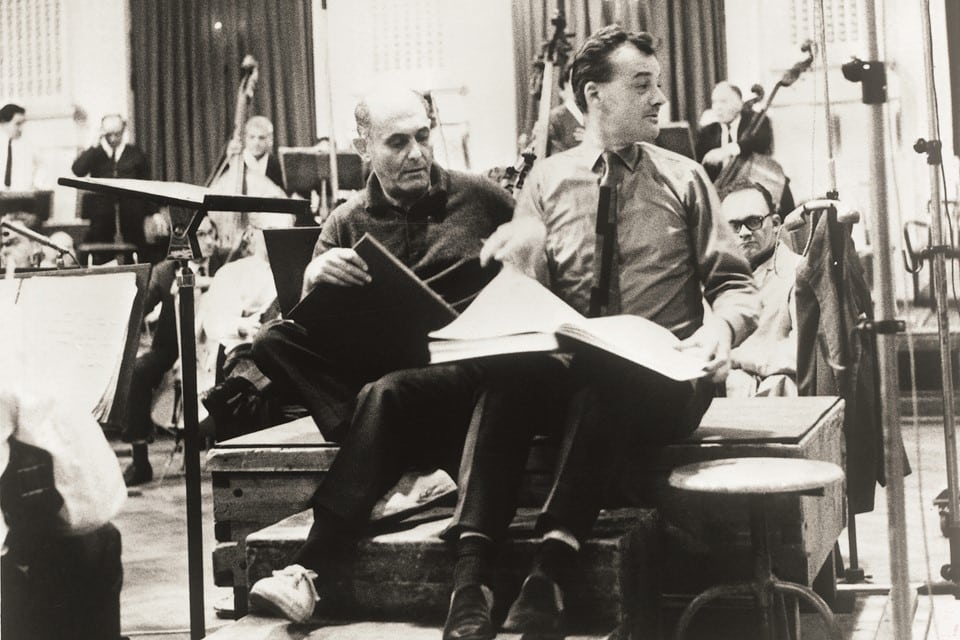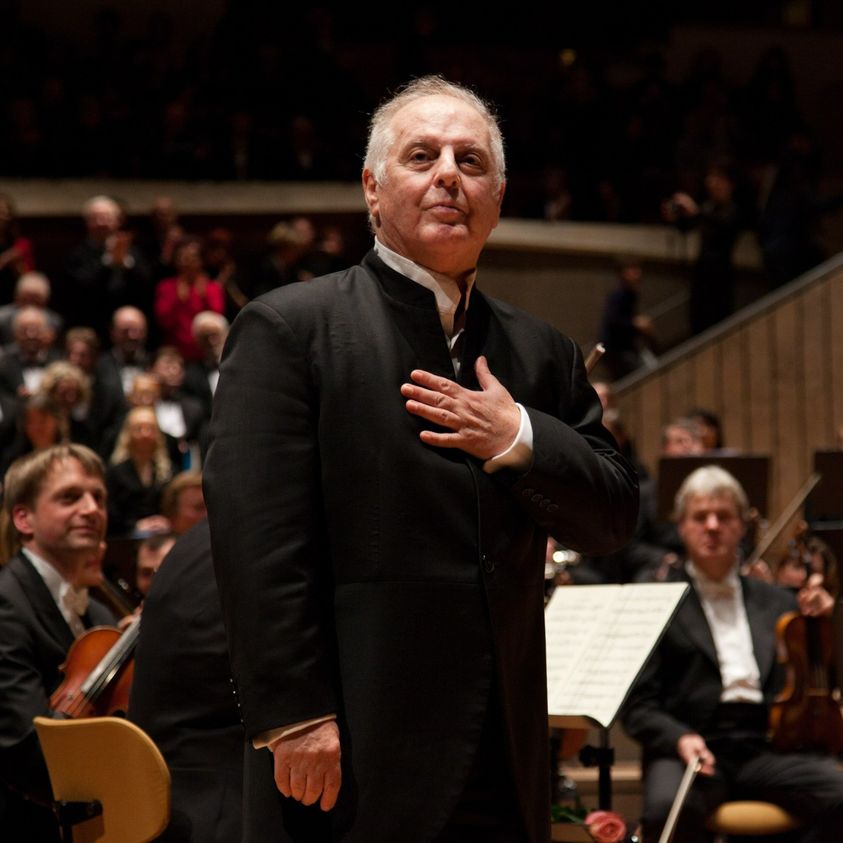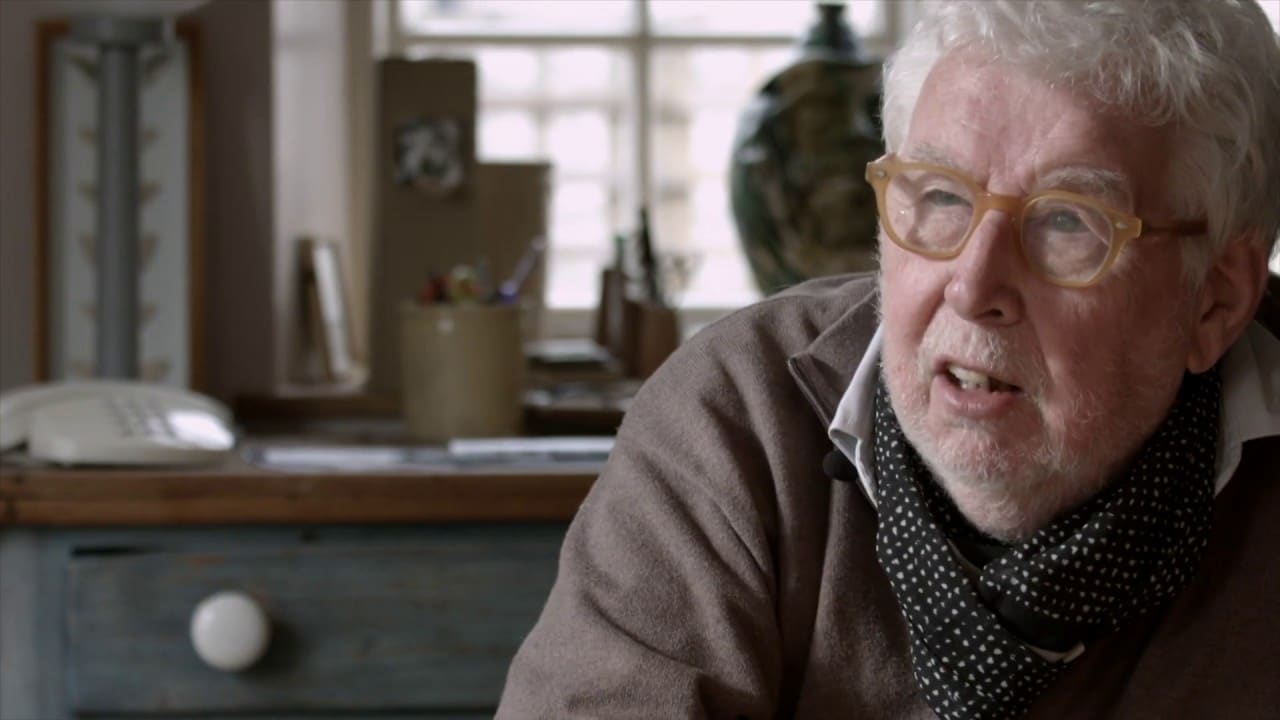More big opera numbers from Berlin
mainMatching the Berlin Staatsoper’s record season, the Komische Oper has announced a huge increase in attendance – up to 85% capacity from 75 last year, and more than 30,000 extra tickets sold.
The Komische, led by the Australian director Barry Kosky, was named opera house of the year by the magazine Opernwelt.

Opera is on a roll.





Under Kosky’s dynamic direction, this company is firing on all cylinders and, above all, it’s signalling to people that opera can be fun, not glum-glum.
I am not surprised. I went there all the time when living in Berlin, ‘having fun’ indeed.
Not only is it a smaller house with added intimacy, but the highly unconventional productions ( the much maligned ‘Regietheater’ is in full swing there ) are usually excellent and thought provoking.
Also unusual repertoire is regularly performed. In the 2014/ 2015 season they will present Bartok, Kalman,Offenbach, Schoneberg ( Moses and Aron ) and Piazzolla among other delectables.
PS Schoneberg is a part of Berlin, Schoenberg is the composer, sorry.
Just heard a very positive review on Deutschlandfunk online radio of the opening night of Philip Glass’ “Enfants terribles”, after Jean Cocteau. I have lived in Berlin for a brief time, January 1992 through July 1994, and have many cherished memories of many exquisite nights at both Staatsoper and Komische Oper (Mozart Da Ponte operas produced by Harry Kupfer, conducted by Wolf Reuter, a superb Mozartean). For the Glass opera, the audience sat not in the rows, but (somewhat tight) on chairs on the rotating stage, with the performance happening amongst and around them. The piece is conceived as “DanceOpera”, but dance is missing in this production, which nevertheless, according to critic Julia Spinola, made for a “gripping evening”. Living on the US West (or as some prefer, Left) Coast for almost 20 years, I am very glad to learn the good news from these two houses, and hope to have a chance of attending opera at either one or, even better both of them in the future. Maybe US opera companies need to rethink their venues: it is, to say the least, challenging to fill huge spaces like the MET or SF Opera nowadays. Why not decrease capacity by updating seats (higher and wider, as humanity has grown in both length and girth), and, since I am at it, put a studio stage in place for new work. Creative imagination is happening, and perhaps more possible, at smaller houses, it seems to me.
What about the third opera house (to many, the first) in Berlin, the Deutsche Oper on Bismarckstr.? Chopped liver? In the days of the ugly Berlin Wall, the Deutsche Oper was on the West side , while the Staatsoper and the Komische Oper were on the East side. It surprised me that for the time you spent in Berlin, you never bothered with the Deutsche Oper whose history included Lorin Maazel, Ferenc Friscay, Goetz Friedrich, lots of Fischer-Diskau and his wife Julia Varady ….Pilar Lorengar was the house soprano from 1961 until she retired in the early 1990s.
Even in the days of the divided city, the Komische Oper is justifiably famous for the Gesamtkunstwerk of the Intendant Walter Felsenstein. From his stable he sent out to the world Goetz Friedrich and Harry Kupfer, although both are not without controversy
Dear PSQ, I did bother, but am sorry to say the Deutsche Oper was the third option in 1992-94. You rightly name great artists who have performed there. It was not so in the early 90s. Christian Thielemann had just left, and matters were not the best anyway, and Barenboim just took the helm at the Staatsoper. Add to this that I lived closer to Staatsoper and Komische Oper. And the price of a 8 opera subscription in sixth row orchestra was much more affordable at the Staatsoper than at the Deutsche Oper in these years (thry did not stay at that advantageous level, though – but I had left town by then). The conductor at the Komische Oper was Rolf, not Wolf, Reuter – I misspelled his name in my previous post. One of the fine Mozart singers was Dagmar Schellenberger. She was the person called to Munich, Vienna, and other major houses if they needed a short term replacement, and she rose to each occasion most marvelously. Reuter retired from his post in Berlin and went on to teach in Munich.
While I don’t have numbers from the Deutsche Oper, I go there regularly (as well as Komische and Staatsoper) and it is very well attended, so I assume that – at least based on attendance – the numbers are good, too.
For 2013 the Deutsche Oper ,the biggest opera house in Berlin ( 1859 seats ) reported 82 per cent capacity ( 3 % more than 2012 ) .
http://www.dw.de/berliner-bühnen-im-erfolgsrausch/a-17363648
And at the same time the Schillertheater has a mere 974 seats. Quite often Staatsoper Berlin could obviously sell more tickets, I seem to rember that they even calculated how much money they loose this way. So their 183,000 visitors are rather dictated by the circumstances, not reflecting what could have been achieved at Lindenoper would it not have turned into yet another construction site disaster, meanwhile very reminiscent to Schönefeld.
Has the present geographical situation of the Staatsoper been described in these blogs? If not, let me inject a few clarifications to Kai’s post.
(1) No operas have been performed in the Staatsoper, also known as the Lindenoper because it is on the boulevard Unter den Linden, since two seasons ago, while the house is being renovated. I forgot the projection of when the renovation will be completed.
(2) During the period of the house renovation, the Staatsoper operation has been moved lock, stock, and barrel to another theatre, the Schiller Theater that houses much fewer seats, 974 as Kai said. This will continue in the coming season. Unlike the old fashion Staatsoper, every seat in the Schiller Theater has an unobstructed view of the stage.
(3) At the moment Berlin’s newer (when it is finished) and grander international airport in Schoenefeld is already two years late in being ready. The Berlin authority and the airport construction manager dare not to give a date of when the Schoenefeld Airport will be ready. Hence the allusion to Schoenefeld when one speaks of the Staatsoper.
(4) In the unrenovated Staatsoper taking a seat in the cheaper sections one runs the risk of having ones knees decapitated. Not so in the Deutsche Oper or the Komische Oper.